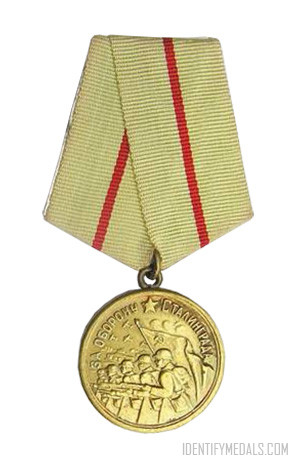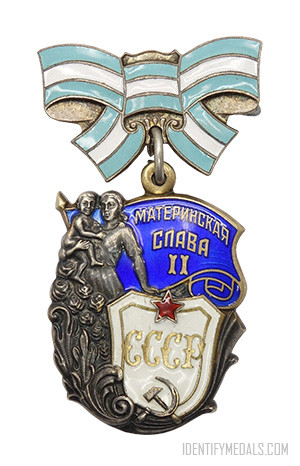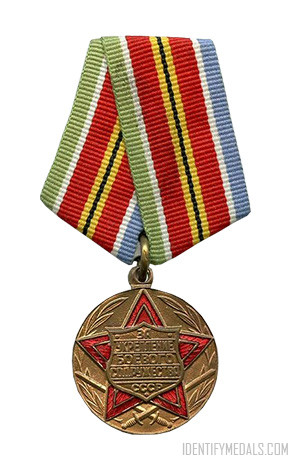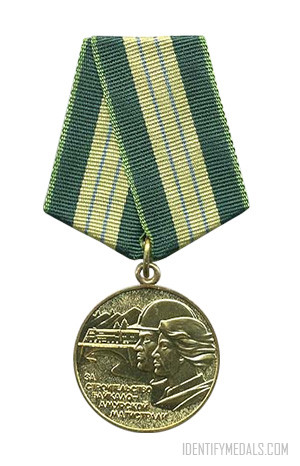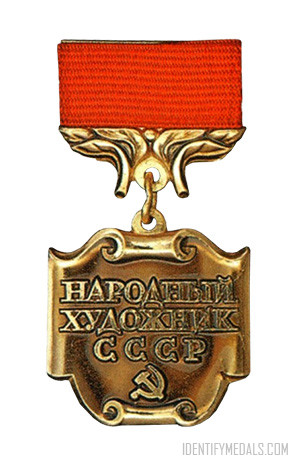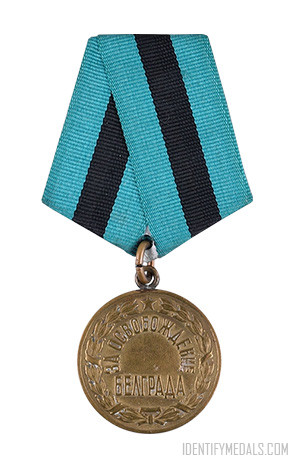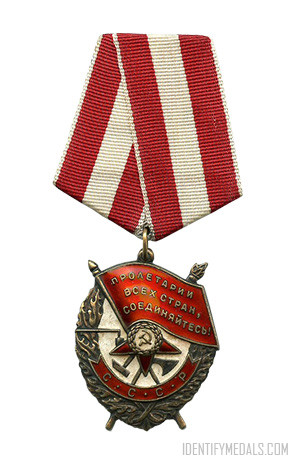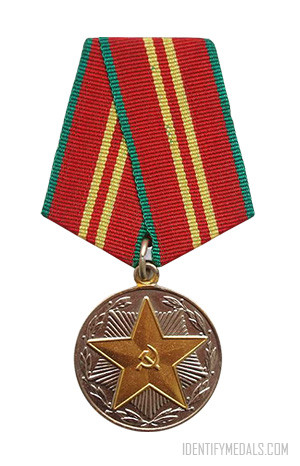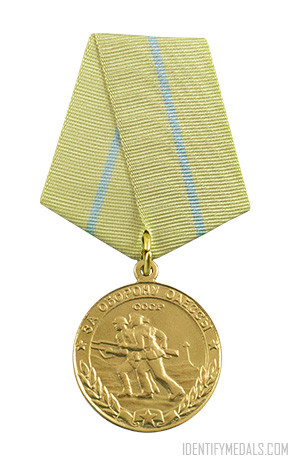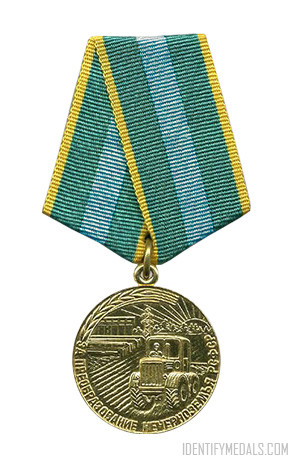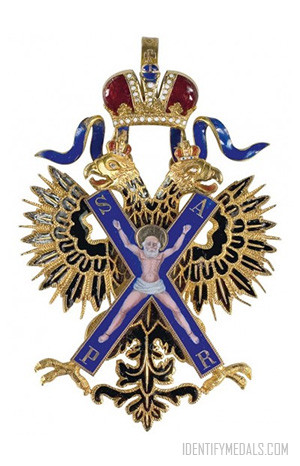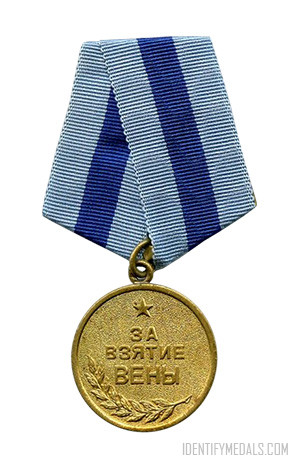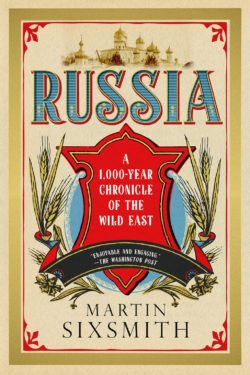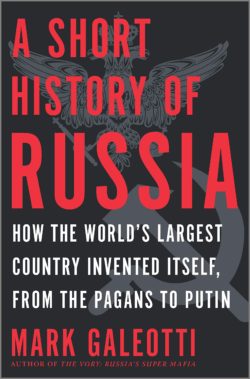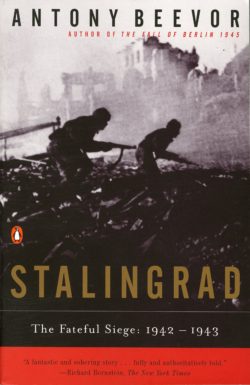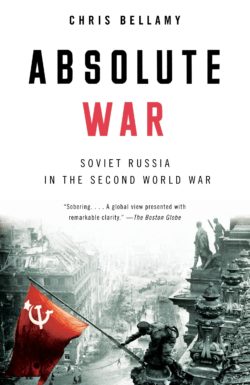- Time Period: Second World War
- Year of Institution: 22 December 1942
- Country: Russia & USSR
The Medal for the Defense of Stalingrad (or Медаль «За оборону Сталинграда», Medal «Za oboronu Stalingrada» in Russian) was established on 22 December 1942 by decree of the Presidium of the Supreme Soviet of the USSR and awarded to all Soviet military and civilians who participated in the defense of Stalingrad between 12 July and 19 November 1942.
The medal was awarded to soldiers of the Red Army, Navy and troops of the NKVD, as well as persons from the civilian population who took part in the defense of Stalingrad during its siege by German forces. Award of the medal was made on behalf of the Presidium of the Supreme Soviet of the USSR on the basis of documents attesting to actual participation in the defense of Stalingrad issued by the unit commander, the chief of the military medical establishment, or by a relevant provincial or municipal authority.
The Medal for the Defense of Stalingrad Design
The medal was 32mm in diameter, circular, and made of brass, with a raised rim on both sides. It was worn on the left side of the chest.
On its obverse, a row of five overlapping fully equipped soldiers with their rifles at the ready marching to the left, above the two rightmost soldiers, the Soviet flag waving; above the others, tanks and combat aircraft also pointing to the left. At the top in the center, a relief five-pointed star, on either side of the star along the upper medal circumference, the relief inscription «ЗА ОБОРОНУ СТАЛИНГРАДА» (“FOR THE DEFENSE OF STALINGRAD”). On the reverse near the top, the relief image of the hammer and sickle, below the image, the relief inscription in three rows «ЗА НАШУ СОВЕТСКУЮ РОДИНУ» (“FOR OUR SOVIET MOTHERLAND”).
The medal was secured by a ring through the medal suspension loop to a standard Soviet pentagonal mount covered by a 24mm wide olive green silk moiré ribbon with a 2mm central red blue stripe.
Notable Recipients
Here are five notable recipients of The Medal for the Defense of Stalingrad:
Vasily Chuikov: General Vasily Chuikov was the commander of the Soviet 62nd Army during the Battle of Stalingrad. Under his leadership, the 62nd Army played a crucial role in defending Stalingrad against the German forces. Chuikov’s tactical skill and determination contributed significantly to the Soviet victory in one of the most pivotal battles of World War II.
Nikita Khrushchev: Nikita Khrushchev, who later became the leader of the Soviet Union, was a political commissar in the Red Army during the Battle of Stalingrad. He played a key role in organizing the defense of the city and boosting morale among the troops. Khrushchev’s efforts during the battle earned him recognition and the Medal for the Defense of Stalingrad.
Vasily Zaytsev: Sergeant Vasily Zaytsev, already mentioned as a notable recipient of the Medal “For the Victory over Germany,” also played a significant role in the defense of Stalingrad. As a sniper, Zaytsev inflicted heavy casualties on the German army, including numerous officers, contributing to the Soviet victory in the battle.
Lyudmila Pavlichenko: Sergeant Lyudmila Pavlichenko, also mentioned earlier as a recipient of the Medal “For the Victory over Germany,” was another notable participant in the defense of Stalingrad. Her exceptional marksmanship as a sniper helped to repel German assaults and bolster the morale of Soviet defenders.
Vasily Grossman: Vasily Grossman was a Soviet writer and war correspondent who documented the events of the Battle of Stalingrad firsthand. His reports provided vivid accounts of the heroism and suffering experienced by the defenders of Stalingrad, earning him recognition and the Medal for the Defense of Stalingrad.

